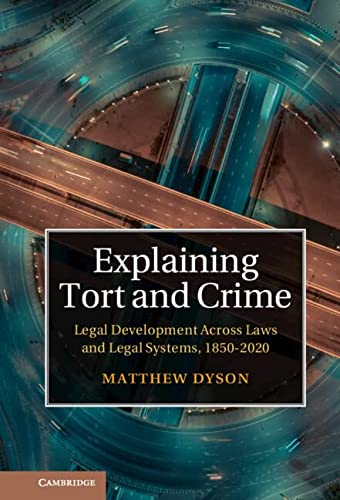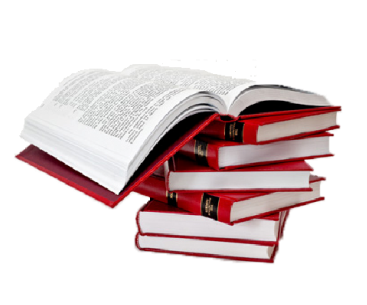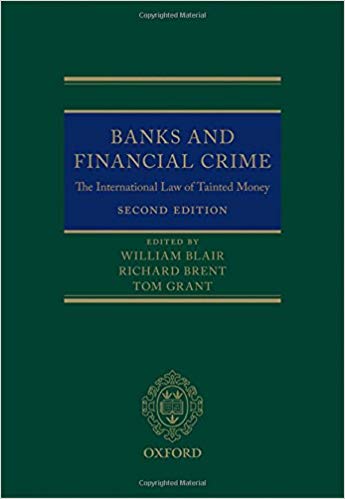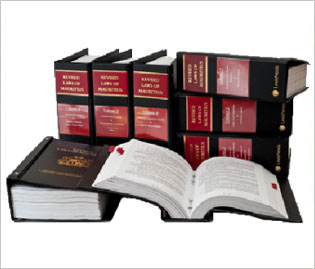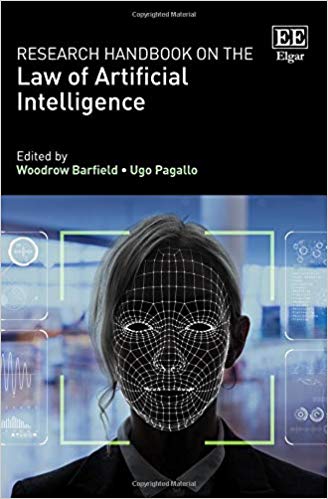Description
Tracing almost 200 years of history, Explaining Tort and Crime explains the development of tort law and criminal law in England compared with other legal systems. Referencing legal systems from around the globe, it uses innovative comparative and historical methods to identify patterns of legal development, to investigate the English law of fault doctrine across tort and crime, and to chart and explain three procedural interfaces: criminal powers to compensate, timing rules to control parallel actions, and convictions as evidence in later civil cases. Matthew Dyson draws on decades of research to offer an analysis of the field, examining patterns of legal development, visible as motifs in the law of many legal systems.
- Traces almost 200 years of history to demonstrate how comparative law and legal history can be used to explain legal development, putting the law of today, yesterday and tomorrow in context
- Employs a systematic use of comparative law, using examples from more than ten legal systems around the world on a key but understudied area of law
- Builds upon the work of Unravelling Tort and Crime (2014) and Comparing Tort and Crime (2015) to show key aspects of how tort, crime, and how the relationship between them has developed
Table of Contents
Part I. Setting the Scene: Introduction and Methods for Explaining:
1. Introduction
2. Organising tort and crime
Part II. Mental States and Careless Acts: The Development of Fault Doctrine in Crime and Tort:
3. Fault doctrines in criminal law
4. Fault doctrines in tort law
5. Explaining the criminal and tortious developments in fault doctrine
Part III. Procedures Interfacing Tort and Crime:
6. Claims and formats
7. Timing rules
8. Criminal judgments in the civil law
Part IV. Conclusions:
9. Patterns of development
10. Conclusions.
